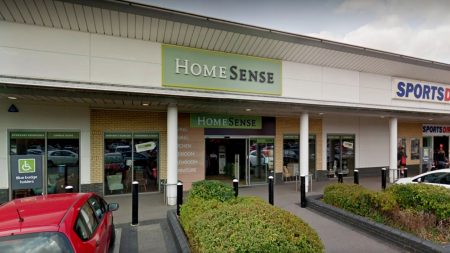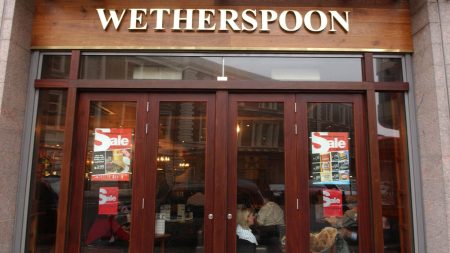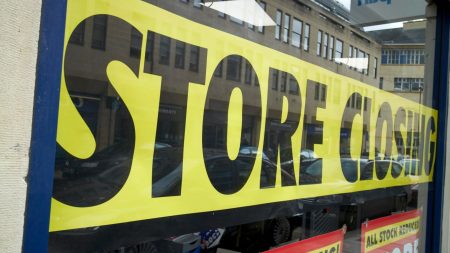The retail landscape continues to undergo a significant transformation, marked by store closures and job losses. Dobbies Garden Centre, a beloved retailer for gardening enthusiasts, has announced the closure of its Hare Hatch, Berkshire branch, adding to the growing list of 12 stores shuttered in 2024 alone. While the Hare Hatch location will transfer ownership and retain its staff, the decision reflects Dobbies’ larger restructuring plan aimed at achieving sustainable profitability and attracting future investment. This trend echoes the struggles faced by other retailers like Homebase, highlighting the challenges facing the brick-and-mortar retail sector. The closure has understandably disappointed loyal customers, many of whom express their concerns on social media, lamenting the dwindling number of garden centres and DIY shops.
Several factors contribute to this wave of closures. The rise of online shopping, accelerated by the pandemic, has significantly impacted consumer behavior. Forced to stay home, many shoppers embraced the convenience of e-commerce and have not fully returned to physical stores. This shift, coupled with the ongoing cost of living crisis, has squeezed retailers, particularly those selling non-essential items. Consumers are increasingly cautious about their spending, impacting sales and forcing businesses to make difficult decisions. The loss of local DIY and garden centers poses a significant inconvenience for many, especially those who rely on these stores for essential supplies and prefer the in-person shopping experience.
Dobbies is not alone in its struggles. Other retailers, including Homebase and B&Q, also face similar challenges. The post-pandemic landscape, characterized by altered shopping habits and economic uncertainty, has created a difficult environment for many businesses. The Hare Hatch closure serves as a microcosm of the broader retail apocalypse, where businesses grapple with changing consumer behavior, economic pressures, and the increasing dominance of online retail giants. The closure also highlights the impact on local communities, who lose not only convenient shopping options but also employment opportunities.
The current economic climate poses significant challenges for retailers. Soaring energy costs, coupled with the shift to online shopping, have created a perfect storm, forcing many high street shops to struggle for survival. Additional costs, such as rising employer National Insurance contributions and minimum wage increases, further exacerbate the situation, placing immense pressure on businesses already operating on thin margins. The British Retail Consortium forecasts a staggering £2.3 billion cost to the retail sector due to the NIC hike alone. These rising operational costs contribute to the difficult decisions retailers must make, including store closures and job losses.
The Centre for Retail Research (CRR) paints a bleak picture for the future of retail, predicting the closure of approximately 17,350 retail sites in the current year. This follows a challenging 2024, which saw 13,000 shops close their doors, a significant increase compared to the previous year. Professor Joshua Bamfield, director of the CRR, warns of even worse outcomes in 2025, highlighting the concerning trend in the retail sector. The combination of rising operating costs and reduced consumer spending creates a vicious cycle, making it increasingly difficult for businesses to remain profitable.
The impact on employment is also significant. Nearly 170,000 retail workers lost their jobs in 2024, a stark increase compared to previous years and the highest since the peak of the pandemic in 2020. The collapse of major chains like Homebase and Ted Baker contributed significantly to these job losses, underscoring the fragility of the retail sector. Experts warn that smaller high street shops are particularly vulnerable in the current climate, facing the combined challenges of increased taxes, rising wages, and reduced consumer spending. Professor Bamfield’s prediction of 202,000 potential job losses in 2025 paints a grim picture for the future of retail employment. The converging pressures of rising costs and changing consumer habits create a challenging environment for retailers to navigate, leading to difficult decisions that impact both businesses and employees.











